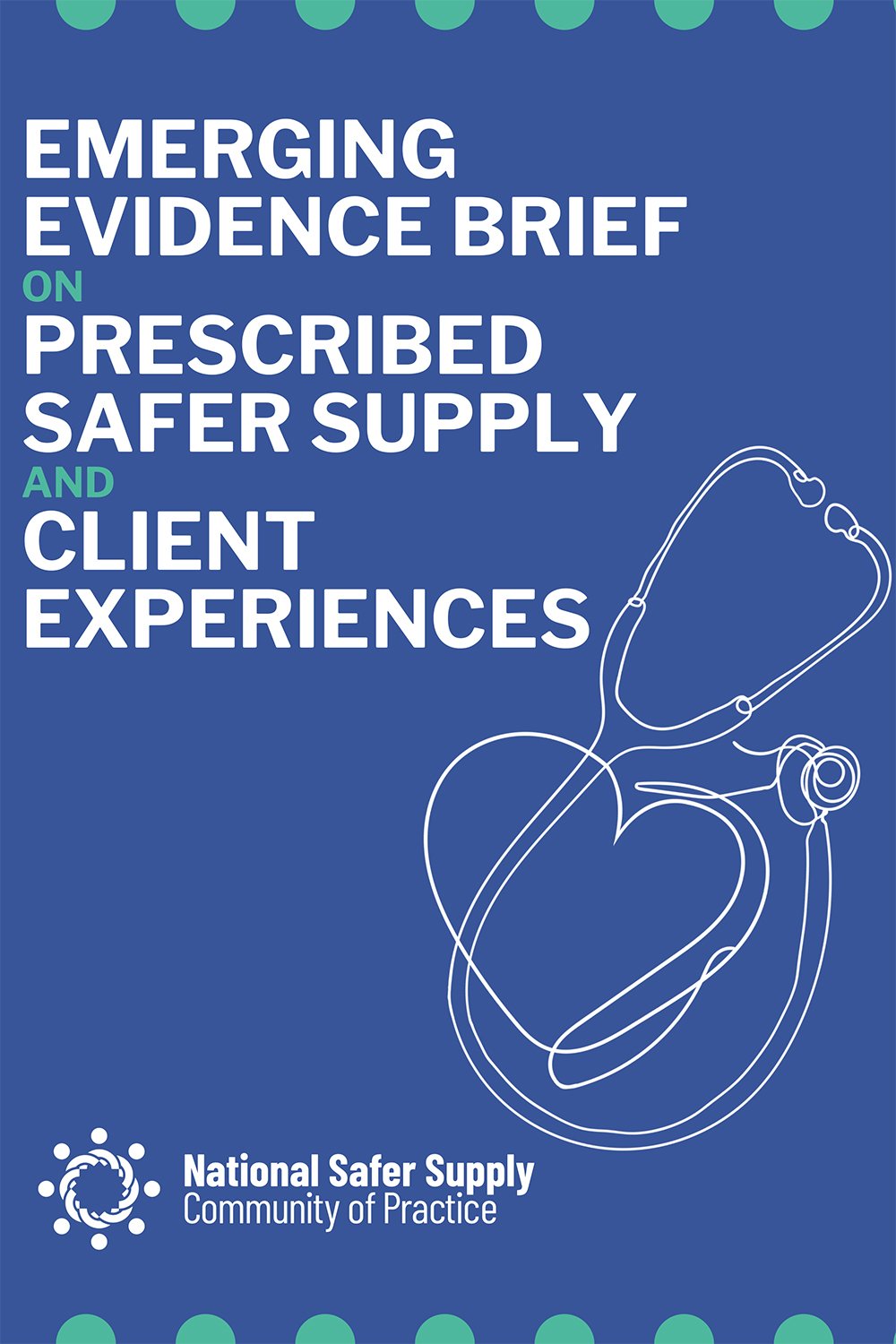Around 5% of adults around the world use illegal drugs, and nearly 90% of them are occasional or recreational users (Schlag, 2020). Anyone who uses opioids procured from the illegal drug supply – either recreationally or routinely – needs access to a safer supply. However, prescribed safer supply programs have very limited capacity. One program estimated 6000 people in their region would benefit from prescribed safer supply, but they are only able to serve 300 people (McMurchy & Palmer, 2022).
Prescribed safer supply programs currently prioritise those who are at the highest risk of death from overdose (Young et al., 2022), who are experiencing serious medical complications from their drug use (Gomes & Kolla, 2022; Haines et al., 2022; McMurchy & Palmer, 2022; Selfridge, et al., 2020), and who are marginalized from health care services, including traditional opioid agonist therapies (ESCODI, 2022). “[N]ot all people who use opioids are interested in treatment, nor is conventional treatment suitable for all people who use opioids” (Ivsins et al., 2020a).
Typical prescribed safer supply inclusion criteria include DSM V defined opioid use disorder and previous unsuccessful experience with methadone, buprenorphine or SROM, or disinterest in methadone, buprenorphine, or SROM (Hales et al., 2020). Individual prescribed safer supply programs add criteria such as a history of overdose and high risk of overdose, complications related to injection drug use (infections, etc.), and social factors such as being unhoused or precariously housed, being disengaged from health care and social services, or being involved in crime or sex work. Retention rates in prescribed safer supply programs are very high (Atkinson, 2023; McMurchy & Palmer, 2022; Kolla et al., 2022; Haines et al., 2022; ESCODI, 2022; Selfridge et al., 2022).
